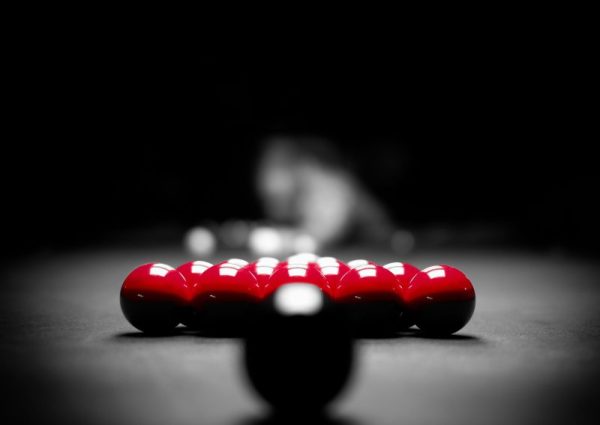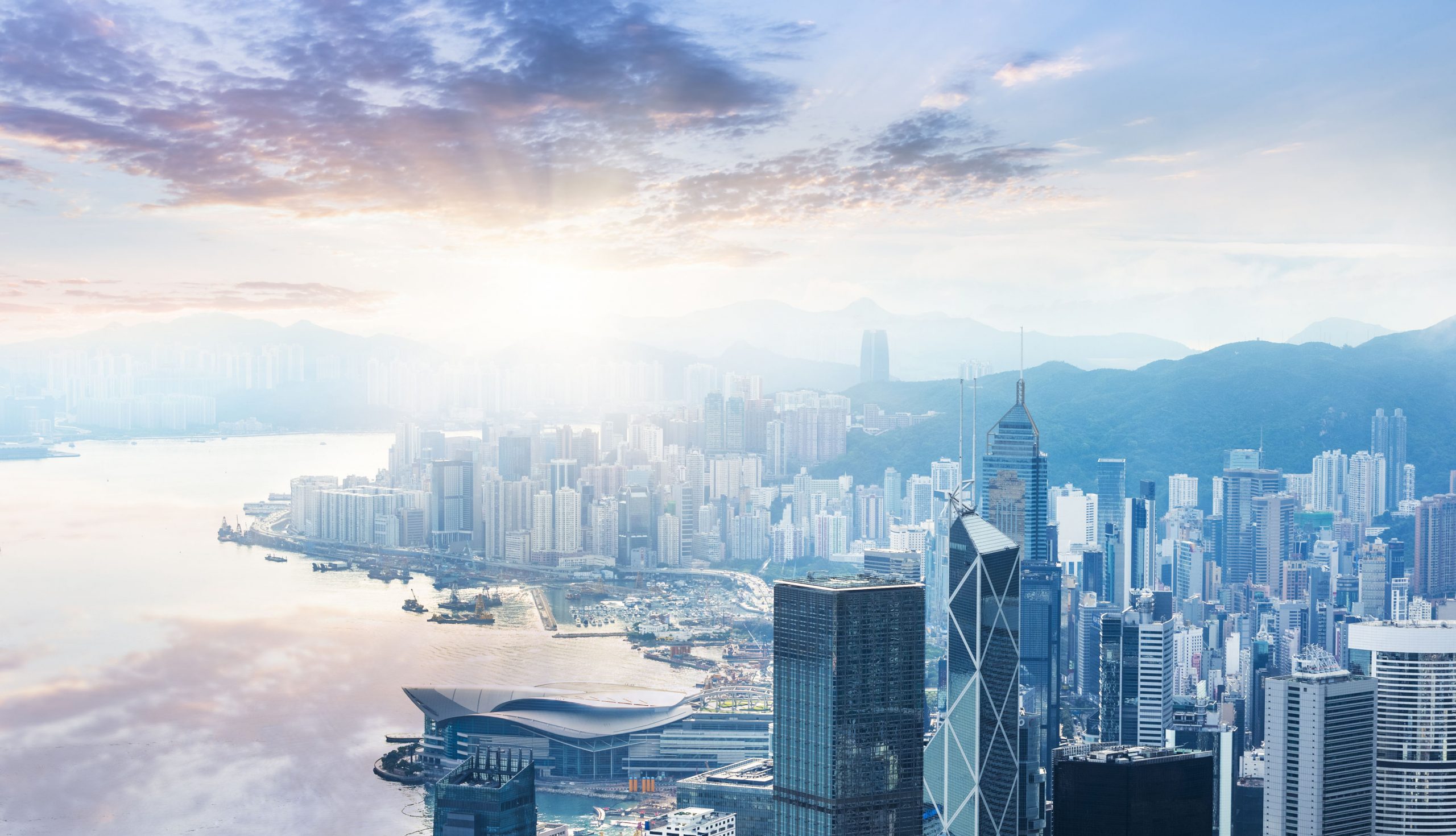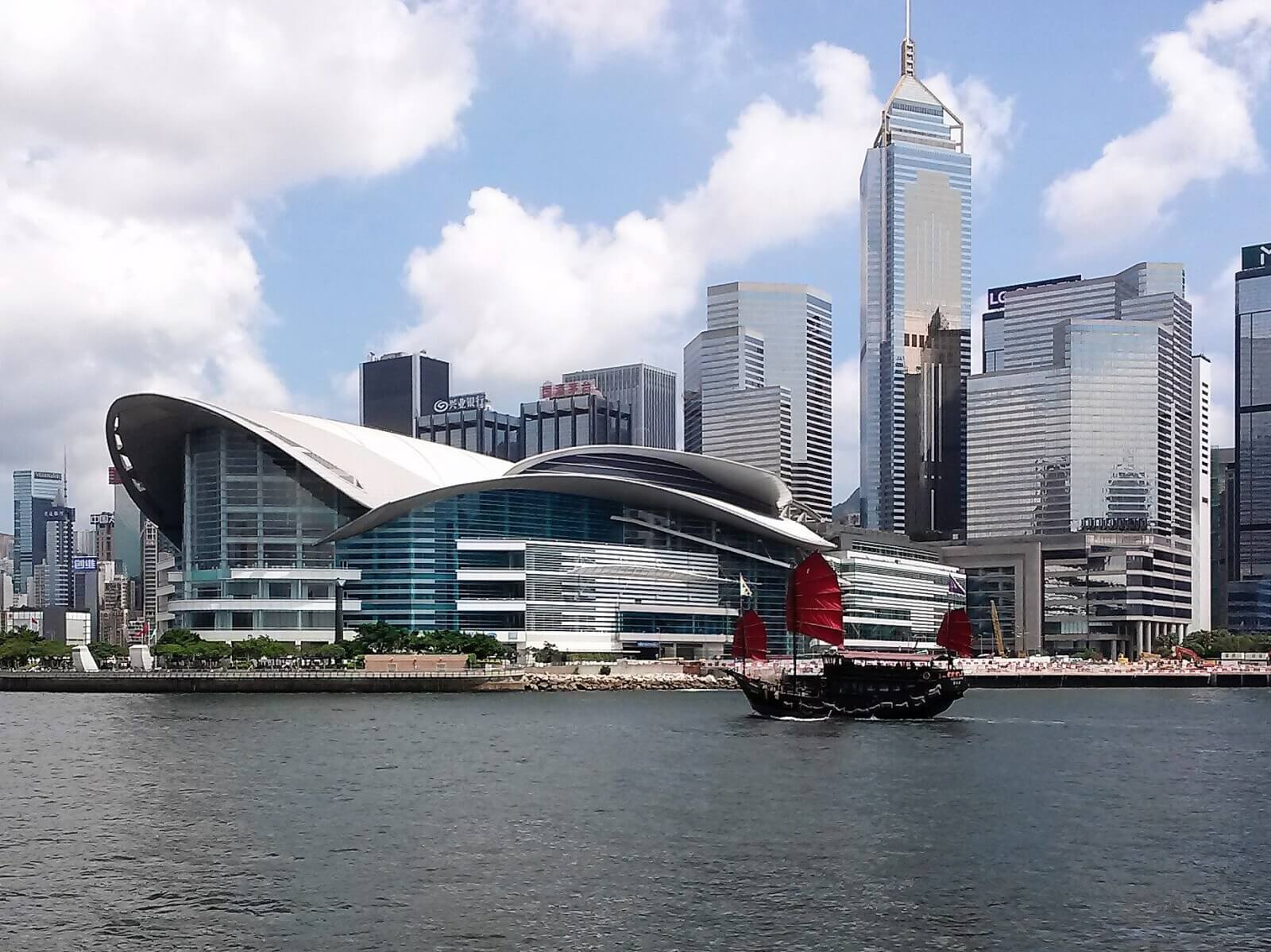We shape our buildings and afterwards our buildings shape us.” British wartime prime minister Winston Churchill’s insight into how human beings interact with our man-made surroundings was a comment on one of the most famous meeting spaces of them all, Britain’s House of Commons.
During the London Blitz of 1941, a Nazi air raid had destroyed the parliamentary debating chamber in the Palace of Westminster. Churchill argued that it should be rebuilt in the style of the 1852 original. In his opinion, the House of Commons was to be “restored in all essentials to its old form, convenience and dignity”.
When critics suggested that perhaps a more modern design with desks would be more functional and that it should be larger to accommodate the increased number of MPs, Churchill resolutely opposed them.
The addition of modern furnishings would detract from the grandeur of the Commons, he believed. The small size of the cramped chamber would create a sense of “crowd and urgency”, when the Commons met to debate the crises and catastrophes of Empire.
Churchill certainly knew what he was talking about. One of the greatest orators in the English language, it was in that packed chamber that Churchill delivered the historic speeches that are still quoted to this day: “I have nothing to offer but blood, toil, tears and sweat,” and, “Never in the field of human conflict was so much owed by so many to so few.” These stirring words first echoed round the Commons’ walls before they reached the outside world.
In the end, Churchill got his way and the chamber was restored.

Churchill instinctively understood the relationship between the power of the message and the drama of the setting.
During the French Revolution of 1789, the French National Assembly was established. The seating was laid out in an arc, with the representatives of the radicals to the left and the conservatives to the right, a seating arrangement that led us to the everyday political terms “left-wing” and “right-wing”.
From even earlier times, shape, design and layout have had an enormous impact on human gatherings, whether political, social, religious or pure entertainment.

Classical
These too often reflected the social status or philosophical outlook of participants on the one hand or simply practical concerns to shelter from the elements.
The ancient Greeks and Romans designed their amphitheatres with all these points in mind. However, their scientific genius also helped them to maximise design for better acoustics and visibility. It also led to experiments with panoramic settings such as the Coliseum with its 360-degree views.
Modern meeting planners have pretty much the same concerns as their classical counterparts; how do you arrange the tables and chairs, where does the main speaker sit, are there any issues of protocol for placing the VIP guests, can everyone see the speaker and can they be heard?
“The perfect meeting room is impossible to create,” one UK-based conference manager insists. “You need only consider the parliamentary chambers around the world,” he says, referring to Churchill’s beloved House of Commons, with its confrontational two-banked layout; the UN General Assembly, designed in a conference hall format; and the European Parliament’s Hemicycle chamber in Strasbourg, a semi-circular room enabling all attendees to see each other.
None of these, he says, enhanced the quality of discussion – not because layouts and spaces necessarily create bad meetings, but because “the human factor is always involved”. People, he believed, are the causes of poor-quality conferences, not the venues in which they convene.
Bad Vibes
This view is not universal – many of us have sat through turgid speeches in badly configured rooms with an impaired view of the video screen or poor acoustics that prevent the sound being evenly distributed. And how many times have you seen a motivational speaker fail to enliven delegates because the room is too big and the requisite inspirational energy is dispersed? Experience tells us that room design and technology, as well as people, can cause bad meetings.
For event planners, the meeting venue is largely defined by the spaces available at the chosen location. In Asian cities, this often means using hotel ballrooms, since they have the capacity, experience and additional facilities to accommodate large meetings. Planners, however, are expected to create miracles. The suitability of the meeting space shape or layout is rarely considered when the client calls up to say: “We want a Caribbean beach theme with real sand, wave machine and rum cocktails for this year’s executive team retreat.”
Hotels, in particular, recognise that event planners are looking for new room formats and layouts to meet the objectives of discerning corporate clients. Many now provide useful pre-booking tools, such as detailed meeting-room capacity charts, on their website, so that planners can determine whether a function or conference room can meet a specific brief before making an enquiry.
The Hilton Singapore is a good example. Its web site provides detailed specifications and delegate capacities for a range of layouts, including: classroom, theatre, banquet 10s, reception, conference, U-shaped, H-square and 10×10 meeting layouts. The website also features a space calculator.
The design of hotel meeting spaces is changing across Asia-Pacific, primarily due to diversified client demand.
“When designing hotel meeting spaces now, we really have to consider many things,” says Matthew Liu, associate director Hirsch Bedner Associates in Hong Kong.
The location is an important factor. Hotels in business cites like Hong Kong, Shanghai, Bangkok and Tokyo will have a lot of large meeting rooms because they account for a large source of revenue. “So the top hotels are looking for stylish environments, where companies can launch their products and where local media will want to come and photograph the events,” he says.
Requirements vary across the region, however. “In Tokyo and Seoul, the meetings tend to be smaller, so you don’t need such large meeting rooms,” Liu says.
Glitz
“In Taiwan and Tokyo, the F&B element is very strong as business people like to have dining a part of their meeting structure, whereas in Sydney, Melbourne and Seoul there are so many great restaurants outside the hotels, so that must be considered when designing the F&B and meeting spaces.”
Macau, Liu adds, is also different. “You can pretty much do what you want there, but the influence is from Las Vegas. Operators are seeking to copy and apply the meeting room concepts they have already in Las Vegas. That means using the glitziest, fanciest materials, over-sized chandeliers and hi-tech equipment.”
Unsurprisingly, technology is a key design factor. “You need to look at the latest trends in LCD screens, laptop connectivity for presentations, wifi functionality and AV cabinets, as well as the furniture, which is very important,” Liu says. “People are using higher-quality conference room chairs now, for example.” Another creeping trend, Liu says, is to build a small kitchen and break-out space into a divisible corner room of the ballroom. “You can open the dividing doors for coffee breaks, and delegates don’t need to disperse outside of the main meeting room. This is popular with meetings of a confidential nature, where guests like a high degree of privacy.
“Before, the ballroom was traditionally in the basement, because hotel operators wanted fewer pillars and a higher ceiling, but architects now can come up with designs that incorporate above-ground meeting spaces.” This trend also infuses functionality, since meeting rooms with natural light are generally considered to be healthier, more productive – as well as more environmentally friendly.
Last year, a seminar for CEOs of Dutch banks and consular officials took place on the 40th floor of a Shanghai hotel. The oval-shaped panel-discussion layout enabled all delegates to view each other at all times and to join in the open-forum debate easily. This facilitated an inclusive, more spontaneous debate and the natural light added a sense of vitality and energy.
The coffee and lunch breaks enabled delegates to talk informally, while looking out across the Shanghai skyline.
Meeting spaces that are framed to use nature as a backdrop are increasingly popular, especially near sites of natural beauty or coastal corporate retreat destinations.
Asia-based organisational development and HR training company IWNC, which has offices in seven countries, manages the Great Wall Courtyard – a restored Ming Dynasty building that is now a training centre at Jinshanling, two and a half hours north of Beijing.
Nestled in a valley beside the Great Wall of China, the centre is used for workshops, training programmes and off-site meetings and events. Fully equipped meeting facilities cater for groups of up to 40 with plentiful natural light and great views. An outdoor marquee is available for larger functions, and workshops can also be hosted in turrets of the Great Wall.
Not far away, Commune by the Great Wall is a high-art design hotel and events destination located at the foot of the Great Wall at Badaling. Designed by 12 of Asia’s hottest architects, it features contemporary villas sprinkled across the Shuiguan Valley, with the Great Wall meandering across the hilltops, which double as event spaces. “The creative combinations for corporate events are infinite,” says Yves Wencker, Commune’s general manager.
The swimming pool, which features floor-to-ceiling glass walls is regularly boarded over in order to double as a banqueting and meeting hall. As well as hosting large dinner meetings for companies like Siemens, in July it hosted a Swarovski launch dinner for 500 fashion editors from across Asia-Pacific.
Other unorthodox meeting spaces include the Piazza, a layered concrete terrace, featuring a statue of a giant Mao jacket that points, like a compass dial at the Great Wall. The deck terraces of individual villas can also be adapted for group events; Wencker himself hosted a dawn tai chi session for executives from a biotech firm atop Antonio Ochoa’s Cantilever House overlooking the valley.
Factory Setting
The shape of future meeting spaces in China is presaged at Bridge 8 Creative Centre in Shanghai (www.bridge8.com). An inverted L-shape smoked-glass “bridge” soaring over Jianguo Road heralds the entrance to an ultra-contemporary, mixed-use development spanning both sides of the street. The converted automotive factory buildings now boast meeting and exhibition spaces, cafes, bars, a nightclub, chic retail outlets, a design book store and office space for creative design and architecture companies.
A striking glass and granite brick front leads to the Lifestyle Centre, a multi-purpose event space. The spacious ground floor area is designed in “warehouse chic” style with oiled concrete floors, whitewashed walls and large curved red sofas that can be separated for different meeting, presentation or seminar layouts, or pressed together for close-knit group discussions.
The building’s architecture, as well as the interior design, is accentuated by an open atrium that rises 15 metres through the three floors of the building. On the second floor are two semi-circular “open-pod” meeting spaces, with glass opera-style balconies overhanging the main area. The piece de resistance is on the third-floor, a circular break-out or brainstorming pod for 10 people that overlooks the entire space.
Modernity
The aesthetic is modern and design-led, but the result is an integrated venue that meets a need in China for innovative, future-thinking venues that enable small simultaneous meetings or brainstorming sessions, as well as a main central event.
In July, the Lifestyle Centre hosted a workshop by US-based designers Suzanne Tick and Terry Mowers in association with carpet-maker, Tandus. The meeting space was redesigned in just a few minutes, by rearranging the red sofas and adjusting the spotlighting. This flexibility makes it adaptable for different types of product presentations, launch parties, as well as creative brainstorming meetings. The sound system is exceptional, there is wireless internet and the venue has a giant movie screen for video presentations.
“Bridge 8 has a young, contemporary and trend-setting art gallery ambience, but provides comfortable?seating, a?large exhibition format, LCD screen, DVD portable units and great kitchen facilities, which other Shanghai galleries cannot provide,” says Annette Albutt, founder of aNeTT Communications and Events.
In a city where experimentalism strongly infuses the corporate events sector, Shanghai meeting planners are being constantly challenged to source and contract new venues with a tangible experiential element.
Choosing the?correct venue and layout, Albutt adds, is the most important consideration for the success of a meeting or event.
“Bridge 8 has great energy and adaptability for just about any type of event or meeting, because you?can?strip it right down to a minimalist or austere look, or decorate it to any brief,” she says. N
TOP TIPS
Meeting layouts have adopted many different names. Here are a few of the most common examples.
Theatre
Seating is aligned in rows facing the speaker, either in a straight, semi-circular, or herringbone (angled toward the front of the room) formation. Works best for large audience gatherings with speaker and video presentations.
Classroom
Long, narrow tables are set in rows of chairs facing the speaker. Often used is when a presenter or lecturer delivers a training session or seminar and delegates are taking notes.
Banquet
Guests seated at round tables is a preferred formation for formal and official meal functions, particularly in China. Pay attention to protocol, however, as the best seats–usually facing a door or window should be allocated in order of hierarchy.
Conference
Delegates are seated on all four sides of a table. This style is often adopted for board meetings and client briefings
U-Shape
Tables are positioned to form a “U”, with seating around the outside. Works well for small discussion forums and audio-visual presentations.
Key contacts
Commune by the Great Wall
www.commune.com.cn
Hilton Singapore
Hirsch Bedner Associates
www.hbadesign.com
House of Commons
www.parliament.uk


